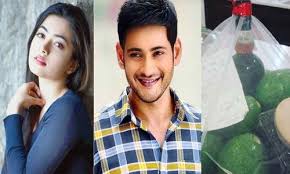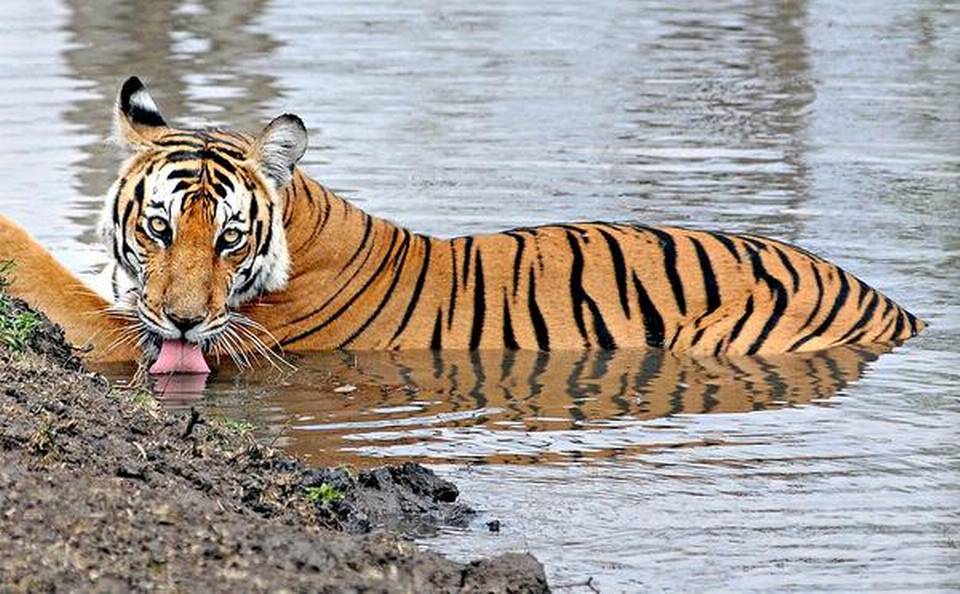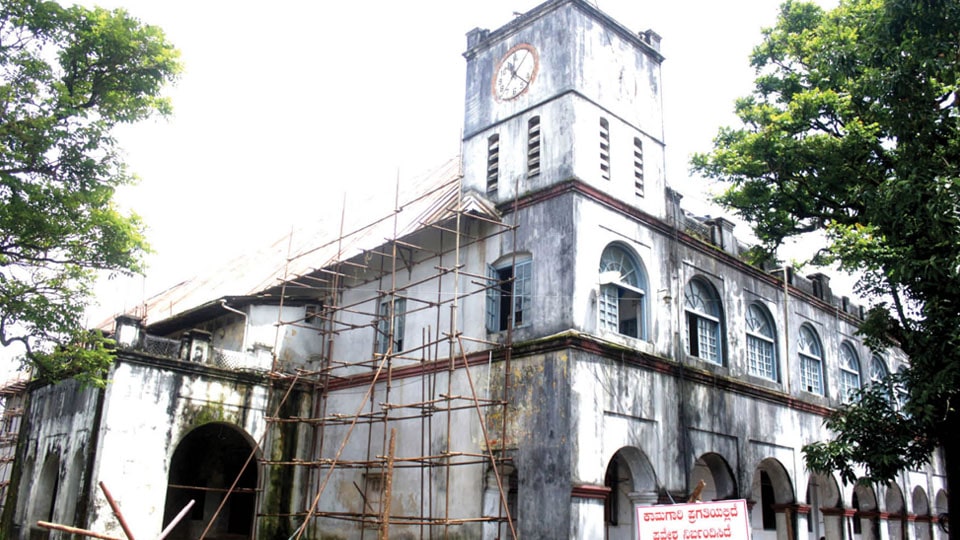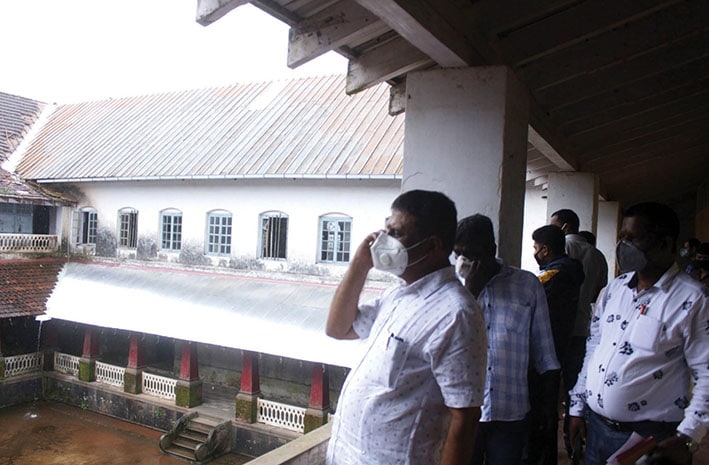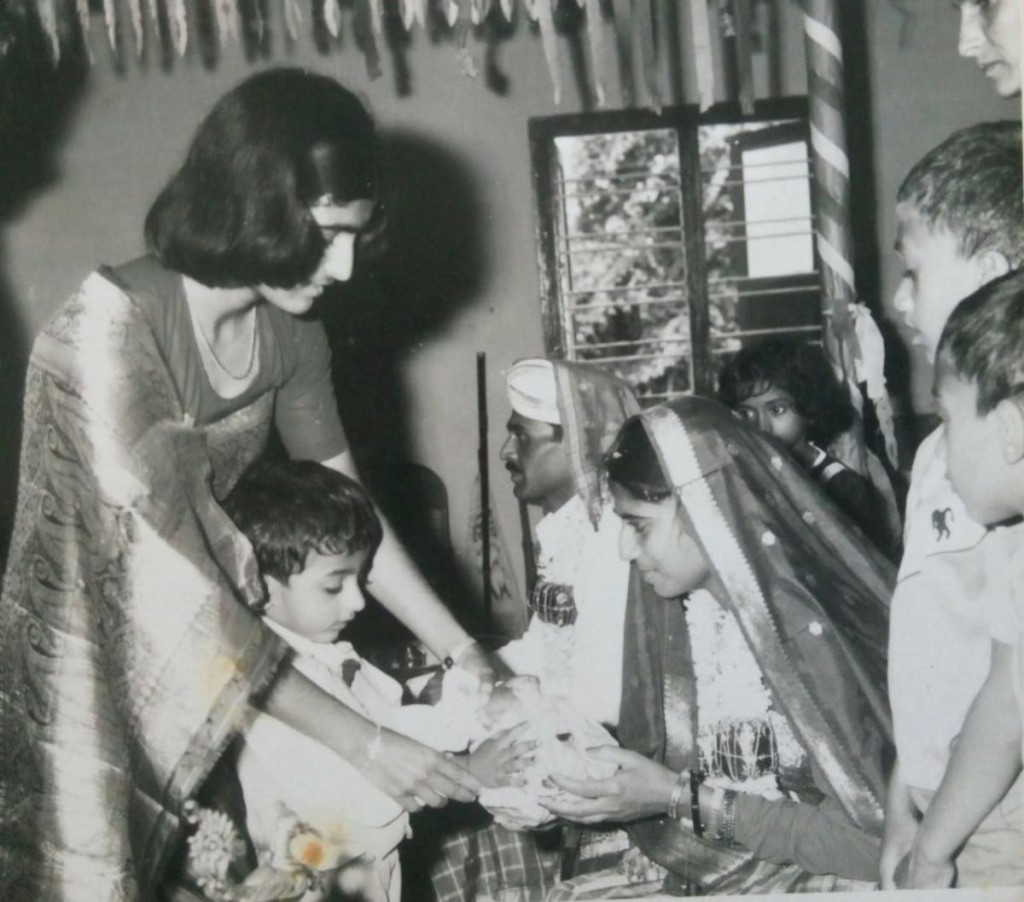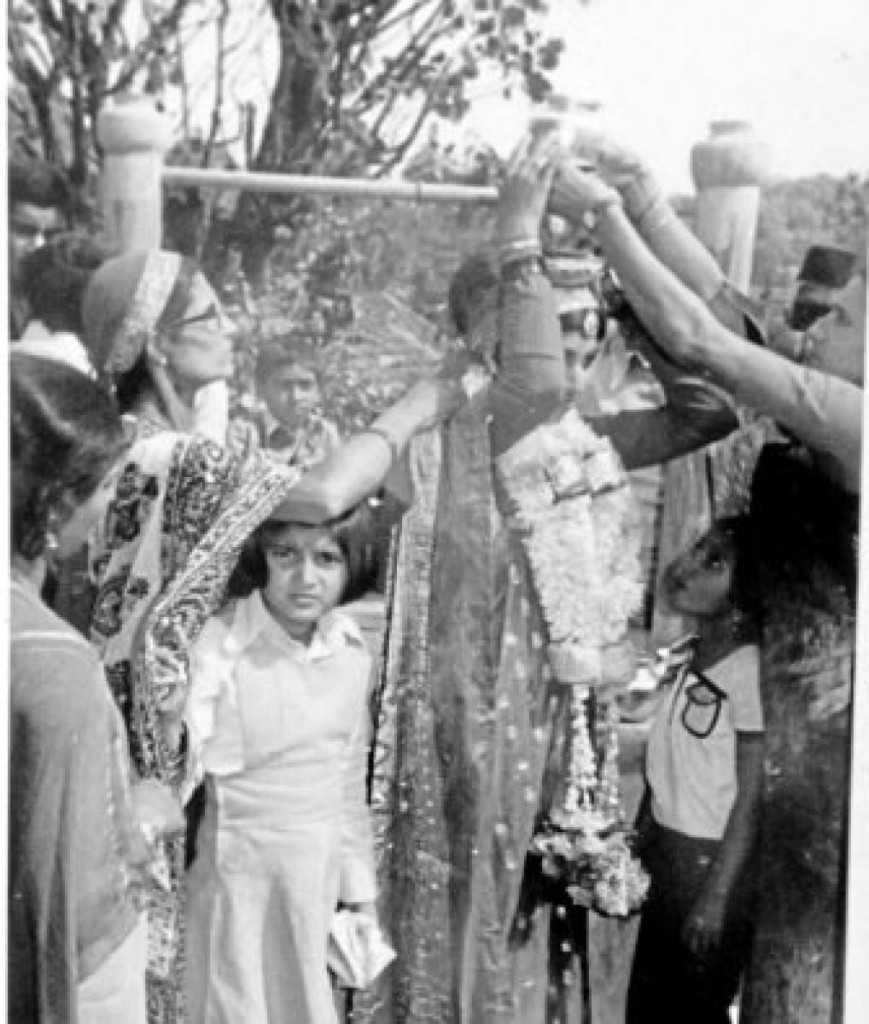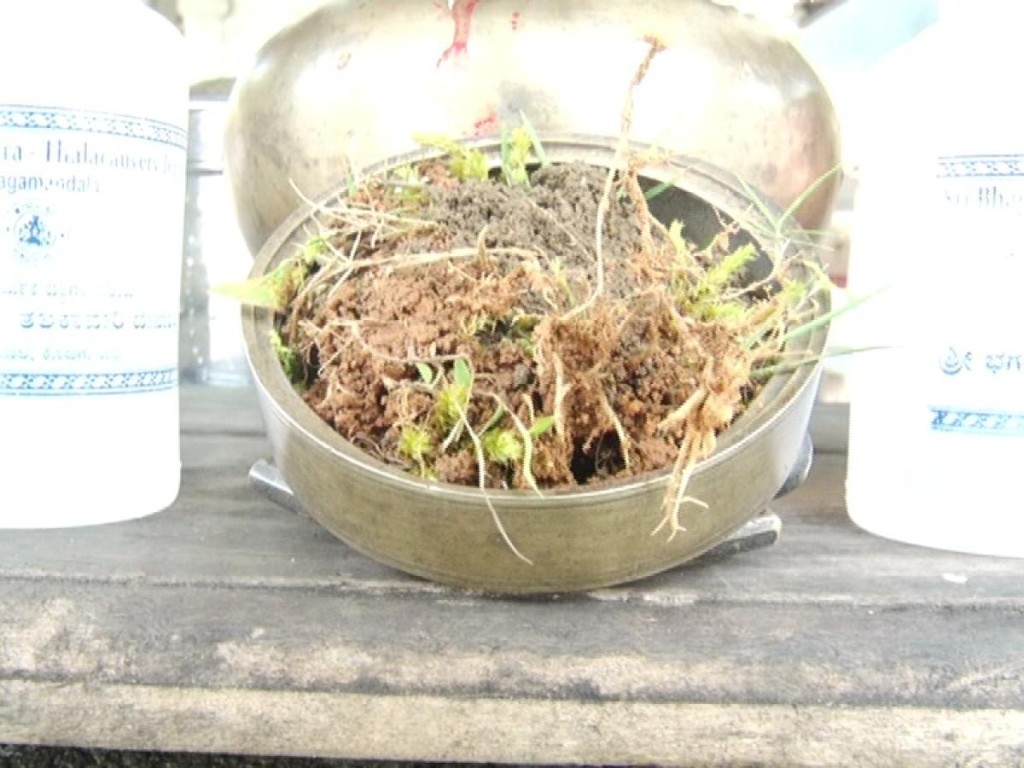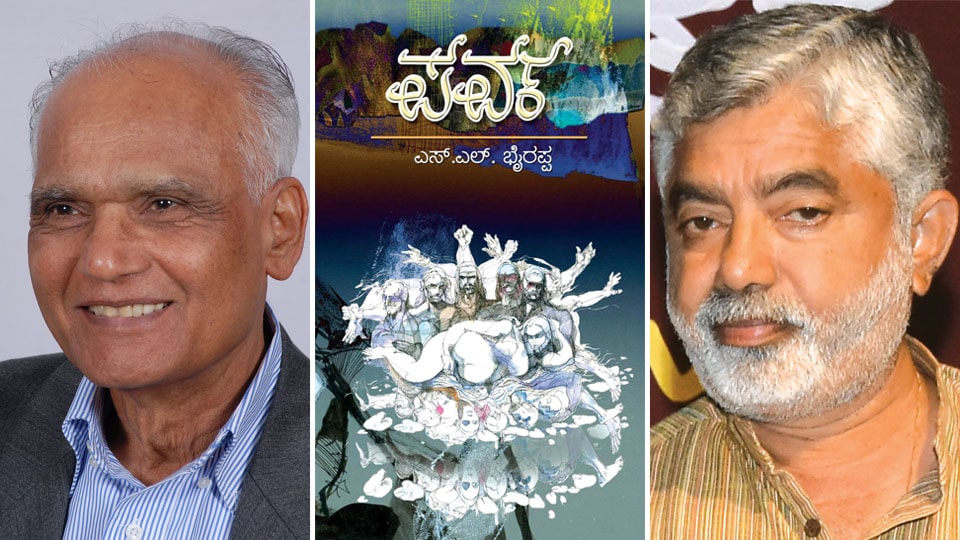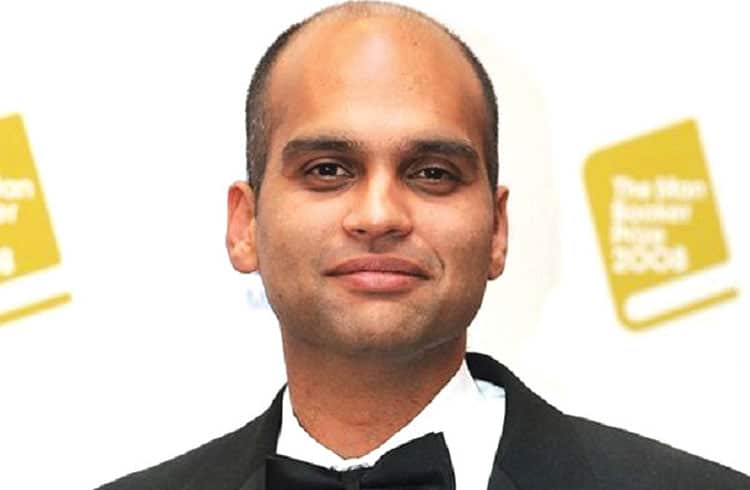Karnataka teems with different versions of Kannada. There are more than 30 dialects of the language, which contribute to the linguistic richness of present-day Karnataka.
Kavirajamarga, the earliest available work on rhetoric, grammar and poetics in Kannada, from the 9th century CE, speaks of the two major dialectic divisions of Kannada: Dakshina and Uttara. Sri Vijaya, the author of Kavirajamarga alludes to many varieties of Kannada, hinted at by the use of the phrase “Kannadangal”.
Today, traditional linguists broadly classify Kannada into four geographical regions: Mysuru, Mangaluru, Dharwad and Kalaburagi Kannada. In these regions, various communities use a specific dialect as their mother tongue, whether it is Halakki Kannada, Havyaka Kannada, Kota Kannada, Rama Kshatriya Kannada, Badaga Kannada (spoken by the Badaga community in the Nilgiri region in Tamil Nadu) or even Arebase.
Arebase is a dialect of Kannada spoken by the Gowda community in the Kodagu and Sullia regions of Dakshina Kannada, and also in the eastern parts of Kerala’s Kasaragod district.
Arebase is also known as ‘‘Gowda Kannada”, a term first coined by the late Prof Mariappa Bhat, a renowned Kannada scholar.
In 15th century CE, the Gowdas from the ‘Aiguru Seeme’ of Hassan district migrated and settled down in different regions of Dakshina Kannada and Kodagu. However, over the centuries, those who settled amidst the Tulu-speaking communities in Puttur, Belthangady, Karkala, Vitla of Dakshina Kannada adopted the culture of Tulu Nadu, picking up the local language and worshipping deities in the tradition of ‘Daivaradhana’ of coastal Karnataka. In Kodagu, they picked up aspects of Kodava culture.
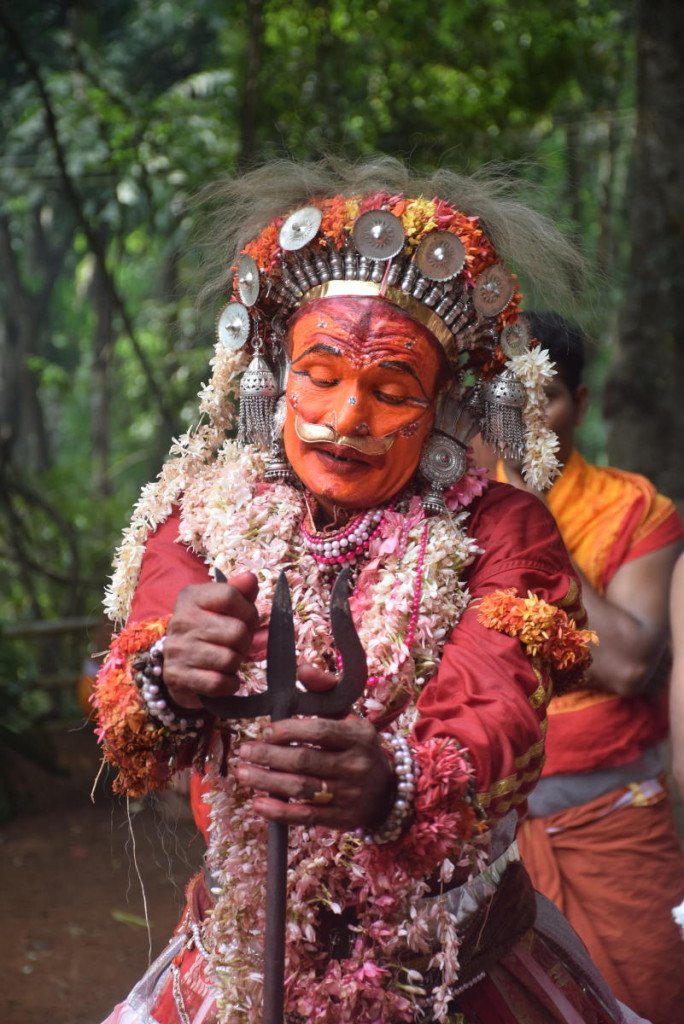
However, the community also developed its own distinct identity, preserved through its language. For instance, the community worships the daivas (spirits) in Arebase.
Arebase shows differences in phonetics, syntax and morphology when compared with standard Kannada. Some of the vowels not present in the Kannada alphabet are considered phonetic in Arebase. The meaning of a word also changes with a change in pronunciation, an aspect of Arebase that is difficult to capture using standard Kannada font.
There are three major variations within Arebase: Subrahmanya, Peraje/Sampaje and Madikeri/Bhagamandala Arebase.
In literature and theatre
Today, there are earnest efforts to ensure the representation of this dialect in literature and theatre. Prof Kodi Kushalappa Gowda, who was a Kannada professor in Madras University, has written Ramayana in Arebase called Manasa Ramayana. Academician K R Gangadhar had prepared a lexicon for Arebase. Then there are Dr Purushothama Bilimale — who has studied the Gowda community, Dr Vishvanatha Badikana — who studied the folk tales of the language, Dr Poovappa Kaniyuru, A K Himakara, Sanjeeva Kudpaje, Kaveramma and Vidyadhara Baddadka who are prominent writers, poets and scholars in Arebase.
Lokesh Urubailu is a young theatre artist who directs Arebase dramas like Mayaka. ‘Mudupu’ is a popular monthly magazine in Arebase run by Vinod Mudugadde.
“Most of the minor languages like Arebase have been restricted to specific communities or caste. These languages should come out of that frame. All the minor languages in India which have been listed in 2011 census should be empowered. India should develop a proper language policy for that,” says Dr Purushothama Bilimale, Professor of Kannada and Kannada Language Chair at Jawaharlal Nehru University, New Delhi.
However, it would be a mistake to limit this dialect to a particular caste; in Sullia, for instance, almost all the merchants communicate in Arebase.
The best example of this exchange of cultures, perhaps comes from a Yakshagana Prasanga written in Arebase by Kepu Ajala, who is a non-Gowda.
The World Arebase Literary Meet (virtual) scheduled on August 3 is expected to give a push to language enhancement and cultural exchange.
source: http://www.deccanherald.com / Deccan Herald / Home> Spectrum> Spectrum Top Stories / by DHNS / August 01st, 2020
